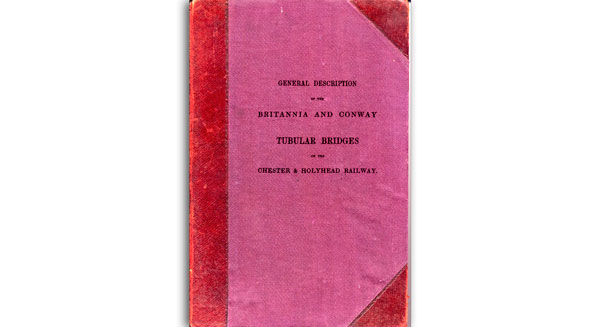Description
Edwin Clark (1814 –1898) was a young man, “who rose without trace”. The son of a Nottingham lace manufacturer, put out of business by the introduction of machinery, he was placed with an uncle at the age of 16, to begin a career as a solicitor. This did not appeal to young Clark, who had enjoyed a liberal education, including three years in France. In rapid succession he became an assistant surgeon, tried to get a post in Customs and Excise, worked as a professional translator, and finally became an usher at his old school. In 1844, he somehow obtained a place at Cambridge to read classics, which he did not like and spent 18 months studying mathematics, but for whatever reason, left without taking a degree. This being the period known as the Railway Mania, anyone who could walk long distances, add up, master simple trigonometry, and learn to use a level and a theodolite, could find employment as a surveyor for new lines. Armed with an introduction to Robert Stephenson, Clark turned up at the great man’s Westminster office. As usual Stephenson was spreading himself too thinly, and taking a chance, he employed the unpromising “rolling stone”, posting him to Millwall to report back on the progress of the experiments by William Fairbairn, testing various model designs of tubes. The unsuspecting Fairbairn very soon found him to be a useful and intelligent assistant, despite his lack of engineering knowledge. On the resignation of Fairbairn, following the trouble caused by Eaton Hodgkinson, Clark was appointed Resident Engineer for the ironwork on the bridges, and rose magnificently to the challenge. He subsequently had a distinguished career in telegraphy and hydraulic engineering.
Amongst notable works were the hydraulic graving dock in the Victoria Dock on the Thames and the Anderton Boat lift linking the River Weaver with the Trent and Mersey Canal.
This book, and the subsequent three-volume magnum opus on the same subject, can be seen as a generous gesture by Robert Stephenson to help Clark establish himself.

Reviews
There are no reviews yet.